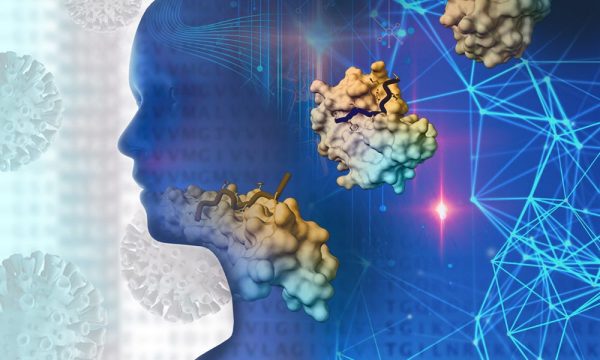CRISPR-Cas9, the genetic editor of our future
Discovered in the genome of bacteria and archaea, CRISPR-Cas9 is a powerful genetic technology that allows for the precise modification, deletion, and correction of DNA.
CRISPR (clustered regularly interspaced short palindromic repeats) is genetic material initially found in prokaryotes. Cas9 is short for CRISPR-associated protein 9, an enzyme that works concurrently with CRISPR to cut the target DNA. CRISPR-Cas9 acts as an immune system for prokaryotes, and according to a Nature article, “…[CRISPR] gives prokaryotes the ability to recognize precise genetic sequences … [Cas9] and target these sequences for destruction using specialized enzymes.”
CRISPR can be comparable to memory B cells of our own immune system. It is a copy of a portion of an invader’s genome and is used to recognize the pathogen on a subsequent invasion. Cas9 can also be analogous to our very own killer T cells, with the purpose of locating the pathogen and destroying it.
Scientists have realized that the CRISPR-Cas9 system can be utilized to manipulate any genome of interest. The only prerequisite for the usage of CRISPR-Cas9 is knowledge of the desired sequence’s exact composition and order. This system’s low cost, high efficiency, and rapid nature have brought it into the mainstream and to commercialization.
One contemporary implementation of this technology is using it to improve the quality of fruits and vegetables. Ripening, bioactive compounds, texture, color, and size can all be manipulated to fit the demands of a growing population in order to sustain life.
Another use would be the quenching of diseases through the manipulation of common transmitters like mosquitos. This is done through the alteration of a gene responsible for female development, taking away the affected organism’s ability to bite or lay eggs.
CRISPR-Cas9 is currently being looked into as a treatment for cancer and other prevalent diseases. According to a cancer.gov article, “Now CRISPR is moving out of lab dishes and into trials of people with cancer … researchers tested a cancer treatment involving immune cells that were CRISPR-edited to better hunt down and attack cancer.” These methods are currently being trialed by different companies and universities, including University of Pennsylvania and CRISPR Therapeutics.
CRISPR-Cas9’s gene editing therapy has also shown promise in treating blindness. According to Science Daily, “Mice born blind have shown significant improvement in vision … resulting in improved light sensitivity and an increase in visual activity.” Human trials have begun, recruiting people with no hope of recovering their vision to ensure the safety and effectiveness of the experiment.
While the ability to manipulate the code of life may seem enticing, the use of this technology brings up ethical questions and risks concerning humans, other organisms, and the environment. For example, the manipulation of mosquitoes might cause a stronger strain of malaria or mosquitos to emerge, resulting in further harm and loss of life. CRISPR-Cas9 also allows for the editing of the human germ line, potentially passing down changes that could affect every cell in the body to future generations. Feng Zheng of the Broad Institute of Harvard and MIT, a pioneer of this technology, believes a moratorium should be enacted. “…we need to have guidelines first so that the people who do this work can proceed in a responsible way, with the right oversight and quality controls.”
CRISPR-Cas9 technology gives us the ability to bend nature to our will, and with responsibility, we can use it to make the world a better (or worse) place.

Eric Yao is a current senior and this is his third year involved in The Buzz. He is currently a managing editor. Outside of The Buzz, Eric is the captain...







